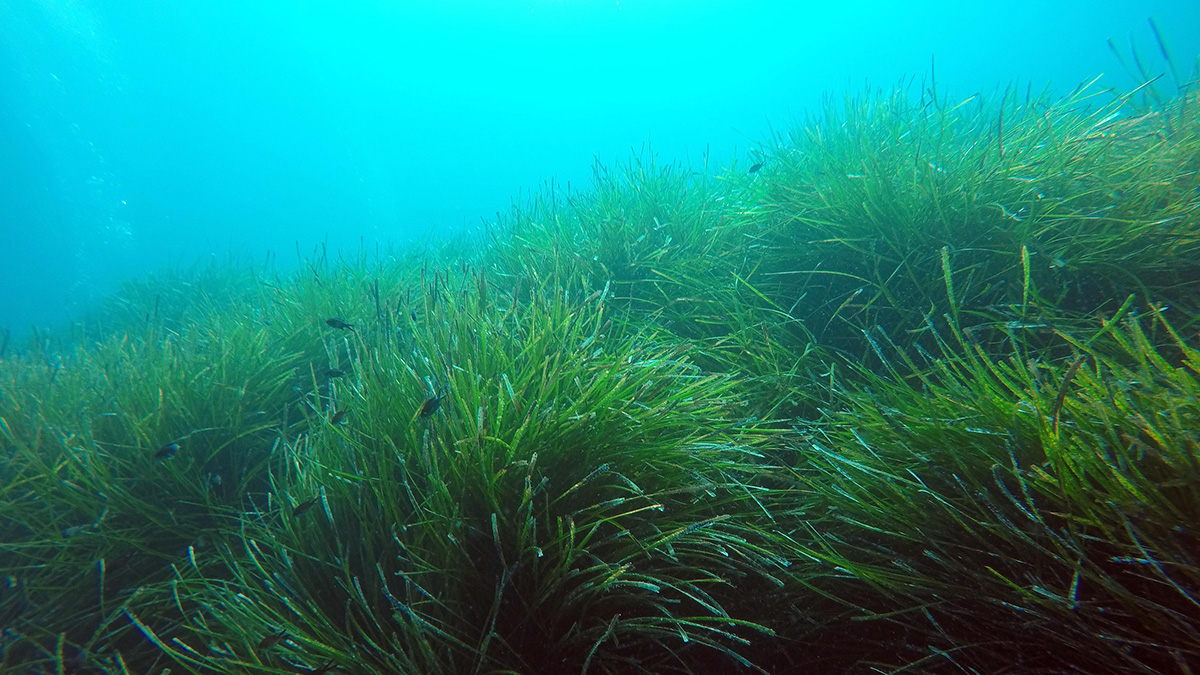The island nation’s underwater fields store huge reserves of carbon, though not as much as scientists thought.
seagrass
Warming and Agitation Intensify Seagrass Meadow Carbon Fluxes
Carbon dioxide emissions surge in sediments when temperature and agitation increase, both of which are likely to continue rising in degraded Mediterranean seagrass meadows.
Mortality of Seagrass Meadows May Not Kill Their Methane Release
New research indicates that seagrasses continue to release methane even after they die, complicating blue carbon initiatives.
Improving Estimates of Coastal Carbon Sequestration
A new two-model approach could reduce uncertainties in calculated rates of “blue carbon” accumulation within soils of seagrass, tidal marsh, and mangrove habitats.
Integrating Global Seagrass and Mangrove Ecosystem Observations
Coordinating the Implementation of Mangrove and Seagrass Essential Observations: A joint GOOS/MBON community outreach workshop to implement EOV/EBVs (Sea Plants Workshop), Consortium for Ocean Leadership; Washington, D.C., 10–11 June 2019
Coastal Wetlands Effectively Sequester “Blue Carbon”
Mangrove forests, salt marshes, seagrass beds, and the like are carbon storage treasure troves.
Study Finds That Coastal Wetlands Excel at Storing Carbon
Shoreline environments show more promise than other marine ecosystems for mitigating climate change, the analysis shows.







